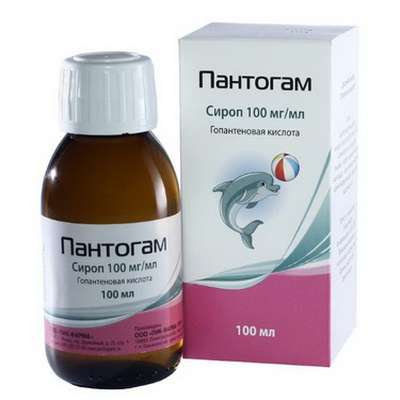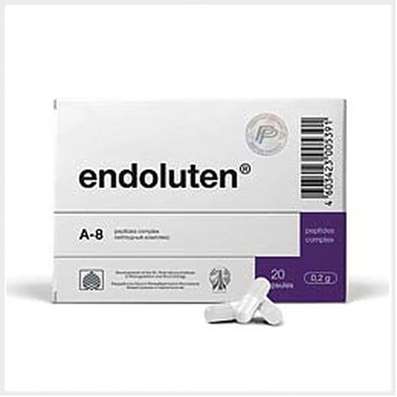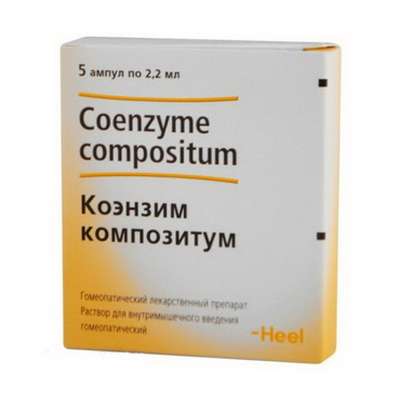Instruction for use: Fibrinolysin (human)
I want this, give me price
Trade name of the drug – Fibrinolysin film eye's, Fibrinolysin
The Latin name of the substance Fibrinolysin (human)
Fibrinolysinum (hominis) (genus. Fibrinolysini (hominis))
Pharmacological group:
Fibrinolytics
The nosological classification (ICD-10)
H34 Vascular occlusion of retina: Arterial thrombosis of the vessels of the eye; Venous thrombosis of the vessels of the eye; Violation of retinal circulation; Disturbances of intraocular circulation; Insufficient blood supply to the mesh and choroid; Occlusion of central retinal vessels; Acute obstruction of retinal arteries; Subacute and chronic circulatory insufficiency in the retina or in the choroid of the eye; Vascular diseases of the retina; Vascular disorders in the retina of the eye; Vascular thrombosis of the retina; Central retinal vein thrombosis; Thrombosis of the central vein of the retina and its branches; Thrombosis of the central vein of the retina of the eye and its branches
H57.8 Other unspecified diseases of eye and adnexa: Intraocular hemorrhage; Inflammation of the eye; Secondary hyperemia of the eye; Burning sensation in the eyes; Protection of the anterior surface of the eye; Itching in the eyes; Xerosis; Sensation of itching and burning eyes; Dry eye syndrome; Dry eyes; Xerophthalmia
I21 Acute myocardial infarction: Myocardial infarction in the acute phase; Acute Myocardial Infarction; Myocardial infarction with pathologic Q wave and without; Myocardial infarction complicated by cardiogenic shock; Infarction left ventricular; Transmural myocardial infarction; Myocardial infarction netransmuralny (subendocardial); Netransmuralny myocardial infarction; Subendocardial myocardial infarction; The acute phase of myocardial infarction; Acute myocardial infarction;Sub-acute phase of myocardial infarction; Subacute phase of myocardial infarction; Thrombosis of the coronary arteries (the arteries); Threatened myocardial infarction; Myocardial infarction without Q wave
I26.9 Pulmonary embolism without mention of acute pulmonary heart: pulmonary infarction
I66.9 Occlusion and stenosis of the cerebral artery, unspecified: Thrombosis of the cerebral arteries; Thrombosis of cerebral vessels; Thrombosis of cerebral vessels; Cerebral vascular thrombosis; Thromboembolism of cerebral vessels; Embolism of cerebral vessels; Embolism of cerebral vessels; Stenosis of the cerebral arteries
I74 Embolism and arterial thrombosis: Thrombosis of effort (stress); Arterial thrombosis; Arteriothrombosis; Subacute and chronic arterial thrombosis; Subacute thrombosis of peripheral arteries; Postoperative thrombosis; Vascular thrombosis; Vascular embolism; Thrombosis of aortocoronary shunt; Arterial thrombosis; Thrombosis of arteries; Coronary artery thrombosis; Coronary thrombosis; Thrombosis of blood vessels; Thrombosis with ischemic stroke; Thrombosis with general surgical operations; Thrombosis in Oncology Operations; Vascular thrombosis; Thrombus formation in the postoperative period; Thrombotic complications; Thromboembolic diseases; Thromboembolic syndrome; Thromboembolic complication in the postoperative period; Thromboembolism of arteries; Partial vascular thrombosis; Embolism; Embolism of arteries
I80 Phlebitis and thrombophlebitis: Diseases of peripheral vessels; Inflammation of superficial veins; Inflammatory diseases of veins; Deep venous thrombophlebitis; The disease of veins; Disease of the veins of the lower extremities; Diseases of peripheral vessels; Migrating phlebitis; Insufficiency of veins of lower extremities; Exacerbation of chronic thrombophlebitis; Acute thrombophlebitis; Acute thrombophlebitis of superficial veins; Periphlebitis; Periflebit surface; Superficial inflammation of veins; Surface thrombophlebitis; Surface phlebitis; Thrombophlebitis; Deep vein thrombophlebitis; Thrombophlebitis superficial; Phlebitis; Phlebitis of deep veins; Phlebitis of superficial veins; Phlebopathy; Chronic thrombophlebitis; Endophlebitis
CAS Code
9004-09-5
Characteristics of the substance Fibrinolysin (human)
Fibrinolysin (plasmin) is an enzyme that is a physiological component of the natural anti-coagulant system of the body. Natural fibrinolysin from human fibrinolysin is obtained by enzymatic activation with trypsin.
White hygroscopic powder. Soluble in isotonic sodium chloride solution.
Pharmacology
Mode action - Fibrinolytic.
It has a direct fibrinolytic effect, stimulates tissue (dissolution of thrombus) and systemic (destruction of fibrinogen) fibrinolysis, as a result of which hypophybrinogenemia and bleeding can develop during its use. With the appointment of fibrinolysin, the lysis of the fibrin clot is carried out from the outside, Fibrinolysin does not penetrate into the organized thrombus.
Application of the substance Fibrinolysin (human)
Powder for solution for infusion: pulmonary embolism, cerebral vessels, myocardial infarction, acute thrombophlebitis, exacerbation of chronic thrombophlebitis.
Ophthalmic films with fibrinolysin: thrombosis of retinal vessels, intraocular hemorrhage.
Contraindications
Hypersensitivity, hemorrhagic diathesis, bleeding, open wounds, peptic ulcer of stomach and duodenum, nephritis, hypofibrinogenemia, pulmonary tuberculosis (acute form), radiation sickness.
Restrictions
High blood pressure: SAD -> 200, DAD -> 110-120 mm Hg. Art. (With brain lesions).
Side effects of the substance Fibrinolysin (human)
Nonspecific reactions to protein (including facial hyperemia, pain along the vein, which is injected with solution, pain behind the breastbone and abdomen, chills, fever, urticaria); When IV the introduction - bleeding; When using eye films - burning, conjunctival hyperemia.
Routes of administration
IV, locally.
Precautions for the substance Fibrinolysin (human)
The use of fibrinolysin follows the control of indicators of the blood coagulation system. After the end of IV injection of fibrinolysin, the content of prothrombin is determined (it should be reduced to 40-30%), the time of total blood clotting (should not increase more than 2 times), as well as the fibrinogen content in blood plasma (should decrease, but not lower than 1 G / l). When nonspecific reactions occur on the protein, the rate of administration is reduced, with a more pronounced reaction, the administration is stopped; Use also antihistamines.

 Cart
Cart





